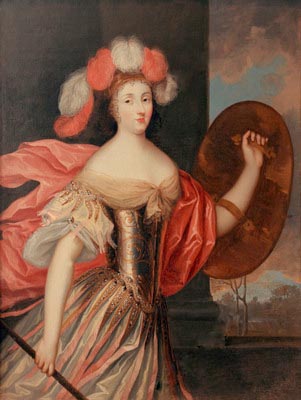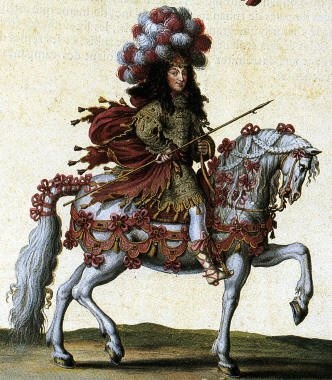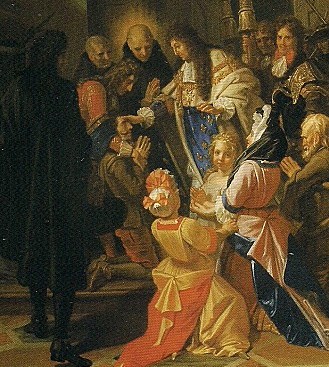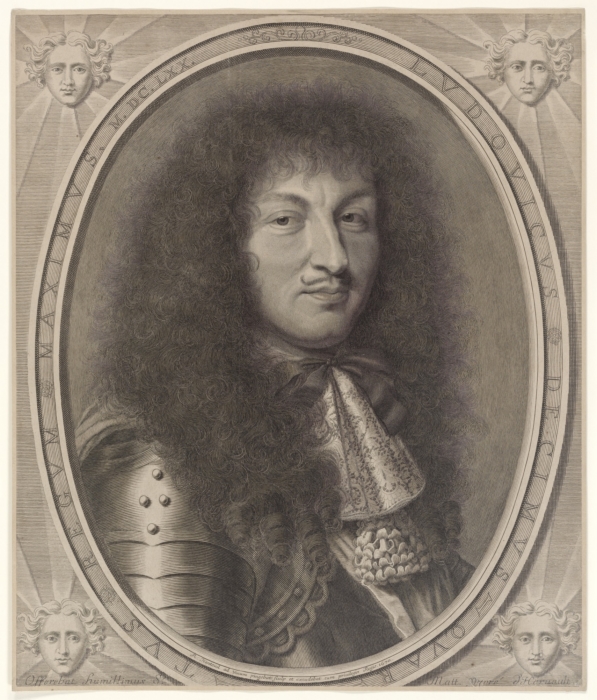Jeu de paume
You probably heard the expression that Tennis is the sport of Kings and that is quite true. The predecessor of what we call Tennis in English today is the French jeu de paume and the French Kings were indeed crazy about it.
 The game is way older than one might think too. It dates back to the 12th century and back then it was not played with rackets, but with the bare palm of the hand… hence the name. Jeu de paume means as much as palm game. And the people played it everywhere, on the streets, on meadows, in gardens, on fields, in courtyards, before special areas for the game were created… and those were mostly indoors.
The game is way older than one might think too. It dates back to the 12th century and back then it was not played with rackets, but with the bare palm of the hand… hence the name. Jeu de paume means as much as palm game. And the people played it everywhere, on the streets, on meadows, in gardens, on fields, in courtyards, before special areas for the game were created… and those were mostly indoors.
It quickly became a sport of the high-classes, who played in indoor salles du jeu de paume, either one against one or in pairs of two, by then not always with the bare hand, but with leather gloves. The game, like today’s Tennis, consisted of sending a small ball, called éteuf, from one side of the room to the other and over a net or string. In contrary to the indoor version, the outdoor version, called longue paume, was played mostly by the lower-classes and without a net and by up to six people on each side. The game became so popular among the French people, that rules were set up in towards the end of the 14th century to regulate not how the game should be played, but who could play it when. The common people were only allowed to play on a Sunday from then on, “because many tradespeople and others of the common people left their work and their family during working days, which was very detrimental to the good public order.” Needless to say, that this regulation was completely ignored by most. A century later, the clerics were forbidden from playing it at all, for it apparently interfered with their dignity. They had a bit of a harder time to ignore that regulation.
By the 15th century, only the nobility and royalty, of course, could play it when they pleased. This was also the time, when the first versions of rackets entered the game. Some years later, the craze swept to England. The English were a little irritated by it all in first, not by the game itself, but by the fact that all of France, including women and small children, were so very crazy about it, as if, according to Sir Robert Dallington, they were all born with a racket in their hand. It is thus no surprise that Paris had around 250 salles de jeu de paume by the start of the 17th century.
…but what about the Kings? They and their court were victims of the craze as well. Salles de jeu de paume were built at most chateaux and residences during the 15th and 16th century. François Ier was crazy about the game, so were Henri II, Charles IX, Henri III and Henri IV. One day after his royal entry into Paris, Henri IV amused the masses by showing off his jeu de paume skills in public. He was particular crazy about it and spent a lot of time, if he was not hunting, with playing jeu de paume. The dames of the court loved all of it and often came to watch their King and the handsome gentlemen of the court in their sweaty and open shirts engage in this most glorious game, which could often be very heated for various reason, thus swearing and unruly behaviour was strictly forbidden… but still happened at times.
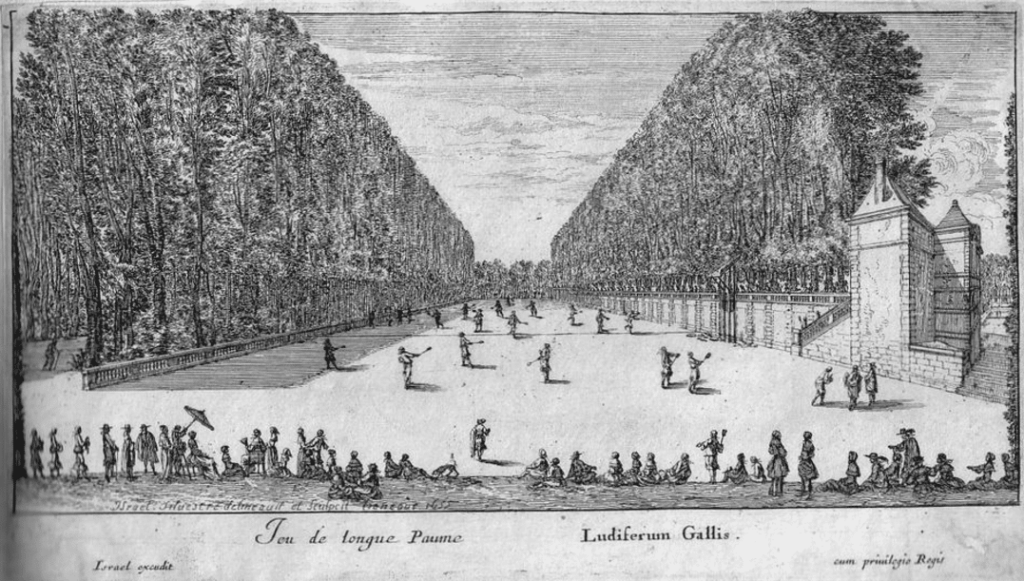 It became common practice for boys of the nobility to learn how to play as early as possible, not just because of the craze, but because it was considered to be good for their physical development and strategic thinking. Louis XIII learned it as a child as well, but he was a little less crazy about it. He liked hunting more. Nevertheless, as the hunting lodge of Versailles was built, Louis XIII had a salle de jeu de paume installed there as well as an outdoor area dedicated to it. One would think, Louis XIV would have been equally crazy about the game, and the fact that he could present himself to the ladies and impress them with his skills, but he was quite uncaring about it and that in turn lead to a general decline of the game in France.
It became common practice for boys of the nobility to learn how to play as early as possible, not just because of the craze, but because it was considered to be good for their physical development and strategic thinking. Louis XIII learned it as a child as well, but he was a little less crazy about it. He liked hunting more. Nevertheless, as the hunting lodge of Versailles was built, Louis XIII had a salle de jeu de paume installed there as well as an outdoor area dedicated to it. One would think, Louis XIV would have been equally crazy about the game, and the fact that he could present himself to the ladies and impress them with his skills, but he was quite uncaring about it and that in turn lead to a general decline of the game in France.
Louis XIV learned how to play the game as a child as well and he did play it, but as he grow older, and with the invention of billiards, he only played jeu de paume occasionally. He eventually stopped to play it at all and focused on billiards… and, of course, most of his court did likewise. Yet his children and grand-children were still taught how to play jeu de paume and le Grand Dauphin was much of a fan. He still played several times a week. The fact that the people stopped to play it, at court at least, did not mean that the game became unpopular. The people still loved to watch it, it was just not fashionable to take direct part in it. Thus whenever the court travelled, the local masters of the sport were invited to play in front of King and court.
The Sun King also had a new salle du jeu de paume installed at Versailles. A great airy and bright hall that became an important spot during the French Revolution….
